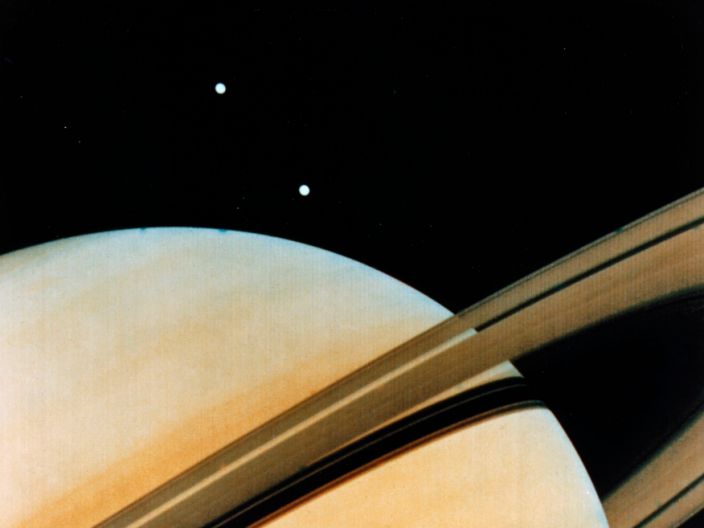
Mercury, Jupiter, and Saturn coalesce in the night sky in a rare conjunction of three planets. Here’s how to see him on Monday.
Mercury, Jupiter, and Saturn are currently clustered together in the night sky.
Monday The last night That the three planets will line up and line up at twilight. They looked as early as they had been over two decades ago on Sunday, forming an equilateral triangle.
“This figure is just a fleeting picture in time,” Amy Oliver, a spokeswoman for the Harvard Smithsonian Center for Astrophysics, Tell the Boston Globe. “We won’t see it exactly like this again, because it probably won’t happen again in the exact same way – at least not in your life.”
The astronomical event in which the celestial bodies are lined up in this way is called synchronization. Triplets like this are known as triplets.
If you raise your palm to the sky and the three planets cluster in a circle proportional to the space between your ring finger and index finger, this is a triad.
Here’s how to see the planetary trio before they’re gone.
Go out at twilight, and bring binoculars

On Monday, go out at twilight, between half an hour and 45 minutes after sunset. Look at the southwestern sky. The clearer the sky, and the dad of city lights, the easier the pairing will be to see.
Jupiter will appear brighter to the naked eye (it is about 10 times brighter than Saturn), followed by Mercury, then Saturn.
Since Saturn is very dim, it may not be distinguished from the glare of the Sun to the naked eye. So the best way to discover the Planetary Triangle is to focus your eyes on Jupiter, which will be near the top, and then point a pair of binoculars at it. Mercury and Saturn should appear in the same field as Jupiter’s microscope, According to EarthSky.
After Monday, Jupiter and Saturn will fall below the horizon and be invisible, while Mercury will continue to rise in the sky night after night – moving steadily away from the other two planets.
Although the three worlds appear to nearly touch during the three planets, in reality Jupiter and Saturn separate them. Almost five times The distance between the earth and the sun. Mercury and Saturn are separated roughly twice that distance.
The last time these three planets aligned closely together was in 2000

Astronomers turned their telescopes towards the sky Last month to catch another coupling event, when Alignment of Jupiter and Saturn More than it has been for centuries.
In the past two thousand years, there have only been two times in which Jupiter and Saturn have come close to the sky: one was in 1623, but the glare of the Sun made it impossible to see. The other was the year 1226.
Planetary triads, by contrast, are more common. The most recent one was in October 2015. Another trio of Mercury, Venus and Jupiter will happen on February 13th. According to EarthSky.
The last time Mercury, Jupiter, and Saturn formed a triangle it was In May 2000.
Read the original article at //www.everydayhealth.com/drugs/ Interested in the business

“Analist. Schepper. Zombiefanaat. Fervente reisjunkie. Popcultuurexpert. Alcoholfan.”
